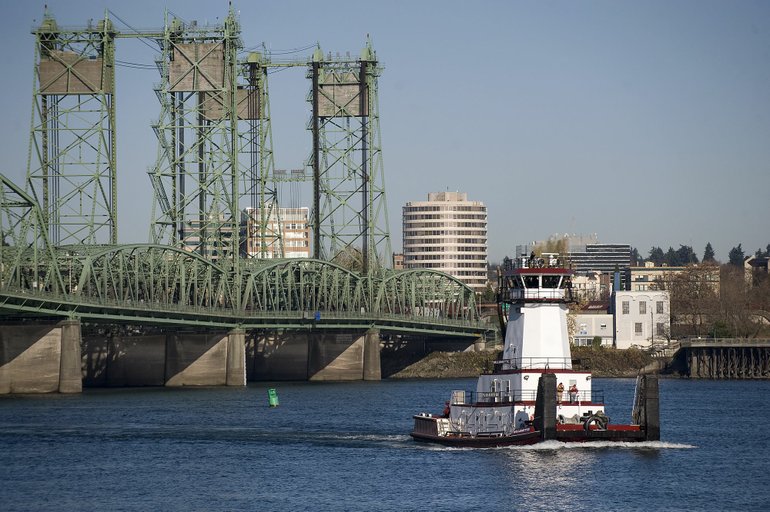Washington and Oregon transportation planners will devise a plan to build — and fund — the multibillion-dollar Columbia River Crossing project in phases.
“These options will be based on potential funding scenarios that could result from either a delay or a reduced amount of funding that is being sought,” according to a letter sent today to Govs. Chris Gregoire and Ted Kulongoski.
The two state transportation departments accepted a list of 30 recommendations made earlier this year by an independent panel. The panel reviewed the $3.6 billion proposal to replace the Interstate 5 bridge, improve five miles of freeway on both sides of the river and extend Portland’s light-rail transit system into Vancouver.
Funding will be a major hurdle, with planners anticipating a three-way funding split between the federal government, the two states and local revenue generated by bridge tolls.
The bridge itself is expected to cost about $800 million.
But, because the project is so closely tied together, it won’t be easy to break it into independent phases. Likewise, planners have been pressing to construct the entire project as soon as possible to avoid driving up the cost of delay.
“How to manage cash flow and keep each separate funding source tied to the appropriate work will be a challenge on this project,” according to the letter jointly signed by Washington Transportation Secretary Paula Hammond and Matt Garrett, director of the Oregon Department of Transportation.
Hammond and Garrett said they also agree with the review panel to reinvigorate public involvement; resolve the interchange design at Marine Drive and Hayden Island; review the bridge type selection; establish a long-term project management plan; and update cost estimates.
In fact, the Hayden Island interchange has already been addressed by state and local planners with a recommendation to lessen the freeway’s footprint on the island by constructing an arterial bridge to the south. There is no cost estimate for that change, however.
The states also agreed to conduct structural testing for the 10-lane twin spans’ unique design.
The twin spans will employ an open-web stacked design that’s never been built for a bridge of this size anywhere in the world. The stack includes automobile decks on top, with a pedestrian and bicycle path on the lower deck of one bridge and light rail running on the lower deck of the other span. The open web enables pedestrians and riders to peer out across the river rather than being confined inside a segmental box.
“Next steps include assembling an expert panel, revising cost estimates and conducting appropriate structural testing,” Hammond and Garrett wrote.



